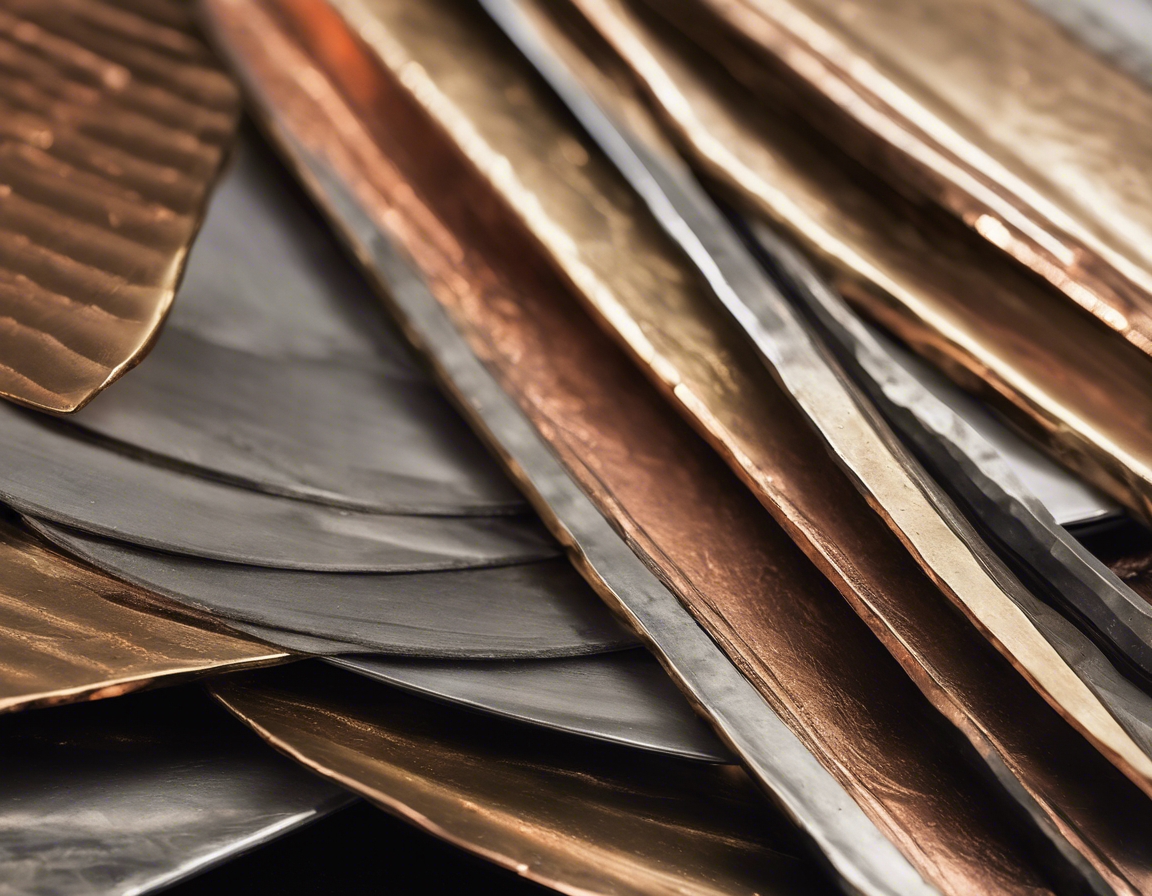The future of metal: exploring explosive cladding
Explosive cladding, also known as explosive welding, is a solid-state welding process that joins two or more dissimilar metals. It utilizes the energy generated from a controlled detonation to create a high-velocity collision, resulting in a metallurgical bond between the materials.
The technique was developed in the 1960s as a way to create high-quality welds for complex and dissimilar materials. Over the years, explosive cladding has evolved with advancements in technology and materials science, leading to its current status as a critical process in various industries.
The Science Behind Explosive Cladding
The explosive cladding process begins with the placement of a high explosive charge on top of the cladding material. Upon detonation, the explosive force propels the cladding plate towards the substrate at a high velocity, creating a jet of metal that cleans the surface and allows for a strong bond to form.
Commonly cladded materials include aluminum to steel, copper to stainless steel, and titanium to carbon steel, among others. The selection of materials is based on the desired properties of the final composite, such as corrosion resistance, strength, and thermal conductivity.
Explosive cladding offers numerous benefits, including the ability to join dissimilar metals, a strong metallurgical bond, and the preservation of material properties. It is also a versatile process that can produce large-scale cladded plates and complex geometries.
Applications of Explosive Cladding in Industry
In the oil and gas industry, explosive cladding is used to manufacture corrosion-resistant alloy cladded pipes and pressure vessels, which are essential for handling harsh environments.
For construction and infrastructure, explosive cladding can be used to create bimetallic transition joints for bridges or to reinforce structures with new materials.
The aerospace and defense sectors utilize explosive cladding for creating lightweight, high-strength components that can withstand extreme conditions.
Technological Advancements in Explosive Cladding
Recent innovations include the development of new explosive formulations and cladding patterns, which enhance the quality and efficiency of the welds.
Automation technology has been integrated into explosive cladding to ensure precise control over the detonation and welding process, leading to improved repeatability and scalability.
Advances in material science have led to the discovery of new metal combinations that can be cladded, expanding the potential applications of explosive cladding.
Challenges and Considerations
Due to the use of explosives, safety is a paramount concern. Strict protocols and specialized equipment are necessary to mitigate risks during the cladding process.
Ensuring the quality of explosive cladding requires adherence to international standards and rigorous testing to verify the integrity of the bond.
Environmental considerations include the management of explosive materials and the sustainability of the process, prompting ongoing research into eco-friendly cladding methods.




Comments (0)